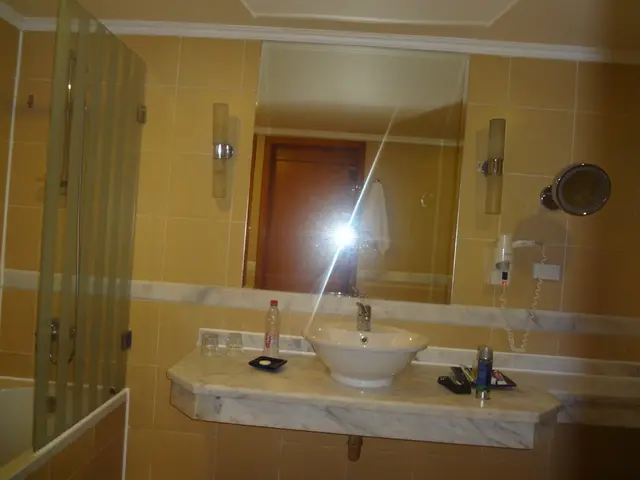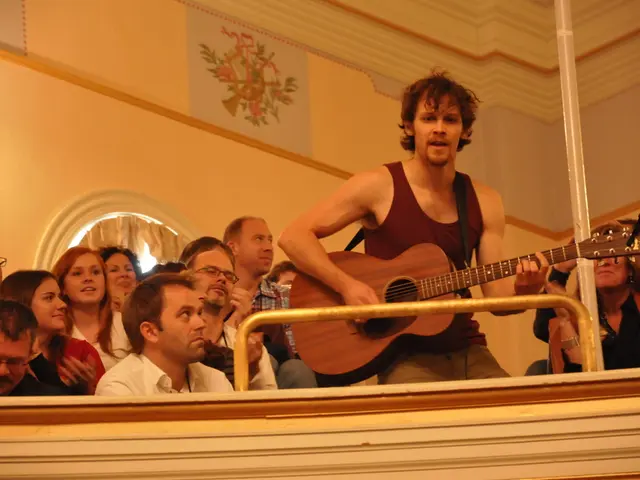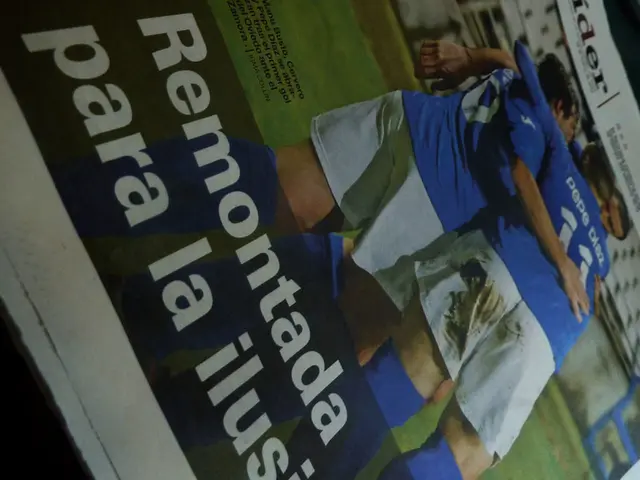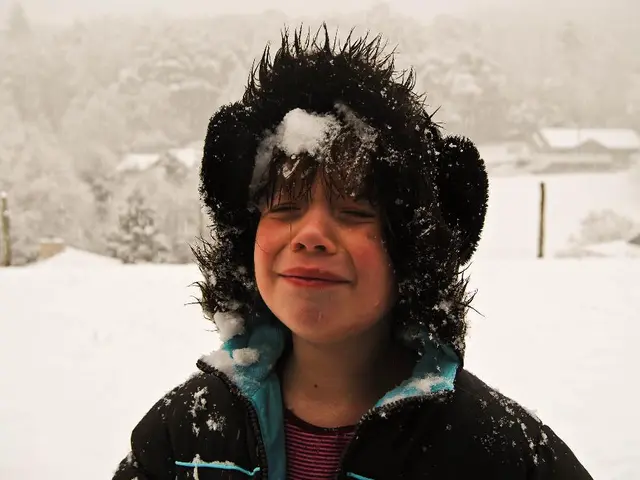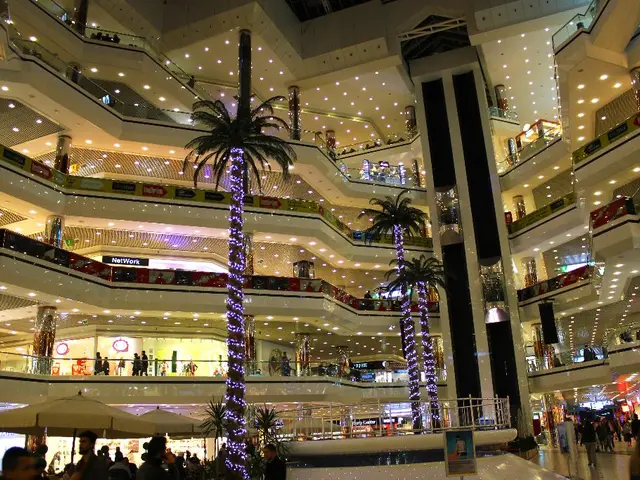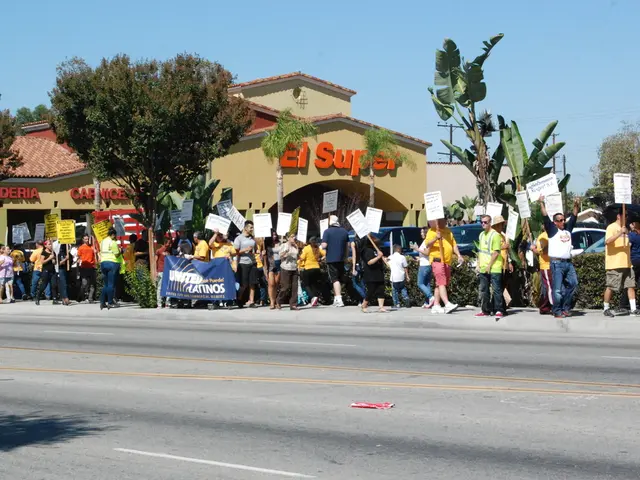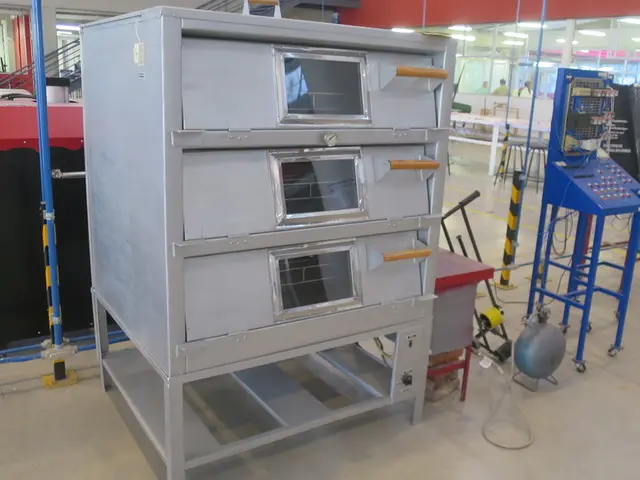Halloween festivities grow in popularity in the Osnabrück region, creating an autumn atmosphere with goose bumps.
In the last two decades, the demand for Halloween decorations in Germany has experienced a significant surge. This growth can be attributed to several factors, including the increasing popularity of Halloween as a celebration, commercialization, family engagement, social media influence, and youth participation.
Traditionally more American, Halloween has become more popular in Germany due to cultural globalization, media influence (movies, TV shows), and marketing by retailers. More German retailers and specialty shops began stocking Halloween décor, costumes, and party supplies, increasing accessibility and visibility. Schools, communities, and families increasingly participate in Halloween activities, driving demand for decorations.
Social media platforms like Instagram, TikTok, or Pinterest are boosting Halloween's popularity by sharing personal design ideas under hashtags like #halloweendecor and #halloweenvibes. These platforms showcase creative decorations and party ideas, inspiring more widespread adoption.
Decorative themes have evolved from simple pumpkins and candles to include elaborate props, lighting effects, horror motifs, and themed parties. There is also a growing market for sustainable, reusable decorations. Animatronic figures, some over a meter tall, with movement and light functions, are increasingly popular Halloween decorations. String lights, LED projectors, and illuminated displays with classic Halloween themes are becoming common in Halloween decoration.
In terms of local impact, while specific data is limited, it can be inferred that similar trends follow national patterns. Local retailers likely see seasonal boosts in sales of Halloween items, and community events may incorporate Halloween themes, contributing to a cultural shift fostering demand.
In 2025, planned Halloween spending is expected to reach around 540 million euros, representing an increase of more than 12% compared to the previous year. Interest in Halloween is not limited to major cities; it is also increasing in medium and small towns. The local neighborhood becomes an essential part of the spooky experience, with a focus on participation rather than competition.
DIY projects are on the rise for Halloween decorations, with families, kindergartens, and schools creating, painting, and arranging decorations. In the Osnabrück region, front yards are decorated with tombstones, fog machines, or skeletons, while houses are enveloped in thematic lighting or adorned with eerie window motifs. Retailers, decoration stores, and garden centers in the region confirm that Halloween has become a fixed part of their annual calendar.
Planning for Halloween often starts as early as August. Seasonal actions, coordinated ranges, and extended opening hours around October 31st show that the festival now also plays a local role. More and more adults are discovering the appeal of Halloween and using the opportunity to celebrate and transform their homes into eerie scenes. Outdoor figures, spooky lighting elements, window decorations, and thematically designed table and wall accessories are among the most popular Halloween decorations.

